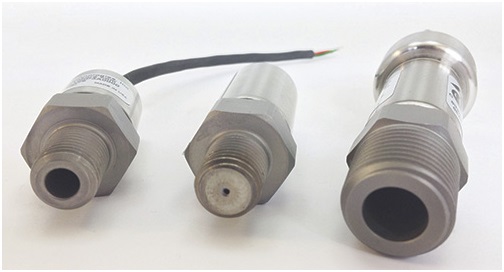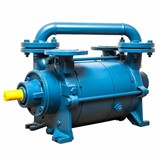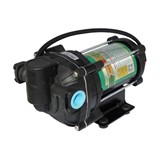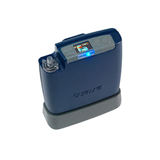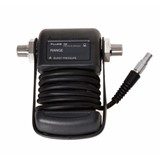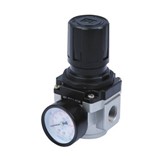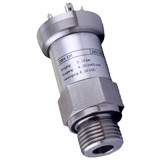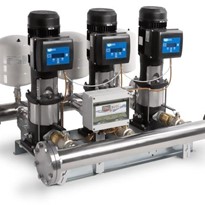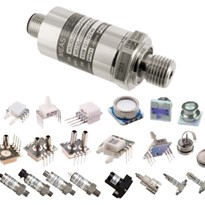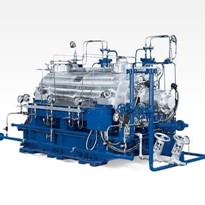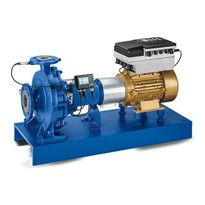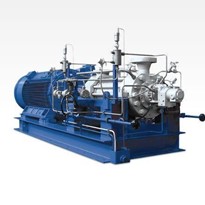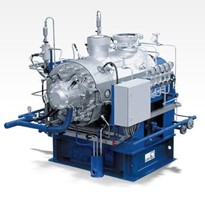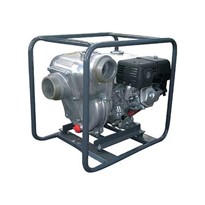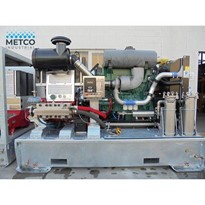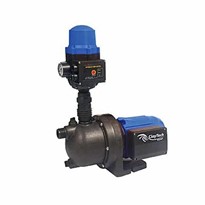The opening and closing of system valves, such as solenoids, can cause a pressure transient within a water pump above the measurement range in a shockwave. An internal welded restrictor plug can reduce the inside diameter of the sensor's pressure port so that when the pressure spike hits the face of the plug, it feeds through the hole at a slower pace, dampening pressure spikes before reaching the sensor's diaphragm. The restrictor plug, commonly called a snubber, also reduces the overall length, cost and potential leak points in the system.
In this configuration, the liquid must be free of dirt, lint, iron filings, sand and grit to avoid clogging the plug. For some pressure sensing technologies – such as thin film, bonded metal foil strain gauge and capacitive with very low signal output – this is the only way to limit the diaphragm travel. Therefore, the user must install a mesh filter in front of the snubber.
With inorganic, bonded semiconductor technologies, inorganic materials are molecularly diffused onto a metallic surface in the presence of certain gases. The high level of raw output provides significant deranging of the sensing element, allowing the use of large cavities without clogging (see Image 2).
With deranging, pressure sensors with 350 bar sensing element can maintain high, full-range accuracy from 0 to 100 bar and offer an over-pressure capabilities of 700 bar. This is useful in compression pumps, on hydraulic fracturing trucks, and during icing conditions on casing and tubing lines.
Bestech Australia supplies one-piece 316L stainless steel sensing element offering outstanding liquid compatibility and durability. A 4-20 milliampere output signal is recommended for transmission lengths of more than 5 meters in environments with electrical noise. Frequency output signals are also used by niche manufacturers to provide direct pump feedback into a variable frequency drive. With a signal of 1 to 6 kilohertz, pump manufacturers can save electronic component cost.


